The Baltic countries Estonia, Latvia, and Lithuania are home to several UNESCO World Heritage Sites that reflect the region’s diverse history, architectural treasures, and unique natural landscapes.
Lithuania
1. Historic Centre of Vilnius (1994) – once the political heart of the Grand Duchy of Lithuania, Vilnius flourished between the 13th and 18th centuries and shaped the culture of much of Eastern Europe. Today, its Old Town is one of the largest and best preserved in the region, where cobbled streets, medieval city layouts, and a stunning mix of Gothic, Renaissance, Baroque, and Classical architecture create a truly unique atmosphere. Despite centuries of invasions and destruction, Vilnius still charms visitors with its historic skyline and beautiful natural setting.
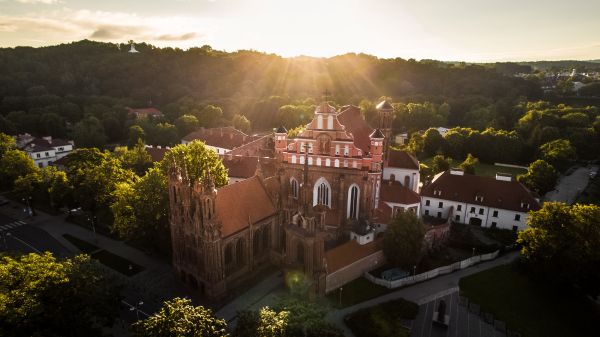
2. Curonian Spit (2000) – is a striking 98 km long sand dune peninsula, stretching between 0.4 and 4 km in width. People have lived here since prehistoric times, constantly facing the challenges of strong winds and shifting sands. Over the centuries, entire villages were swallowed by dunes, yet the landscape has survived thanks to determined human efforts. Extensive stabilization and reforestation projects, many of which continue today, have helped preserve this fragile and beautiful environment. A visit offers not only breathtaking scenery but also a glimpse into the remarkable story of people working hand in hand with nature.
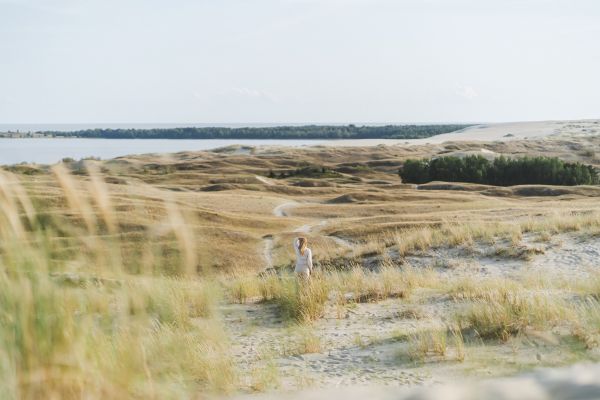
3. Kernave Archaeological Site (2004) – just 35 km from Vilnius, the Kernave Archaeological Site is often called the “Troy of Lithuania.” Set in the scenic Neris River valley, it features ancient hillforts, burial grounds, and traces of settlements spanning 10,000 years – from the Stone Age to the Middle Ages. Once a thriving medieval town, Kernave was destroyed by the Teutonic Order in the 14th century, but its rich history and landscapes remain a fascinating place to explore today.
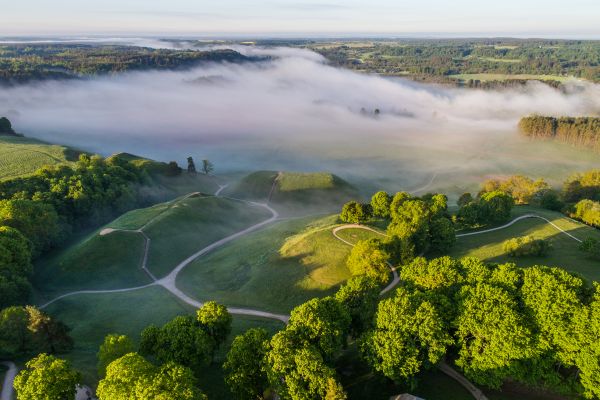
4. Modernist Kaunas: Architecture of Optimism, 1919–1939 (2023) – when Kaunas became Lithuania’s temporary capital between the World Wars, it quickly grew from a provincial town into a vibrant modern city. This period, often called the “Architecture of Optimism,” saw bold new ideas shape urban spaces, public buildings, and elegant residences. In districts like Naujamiestis (New Town) and Žaliakalnis (Green Hill), you can see how the Modern Movement blended international styles with local traditions, creating a unique cityscape that still feels fresh and inspiring today.

Latvia
1. Historic Centre of Riga (1997) – once a key hub of the Hanseatic League, Riga thrived on trade between Central and Eastern Europe in the 13th–15th centuries. Though fires and wars claimed many early buildings, the city continued to grow and transform. In the 19th century, Riga blossomed into a major economic centre, with elegant wooden houses, grand neoclassical designs, and a dazzling wave of Art Nouveau architecture. Today, Riga is celebrated as having one of the finest collections of Art Nouveau buildings in all of Europe, making its historic centre a true feast for the eyes.
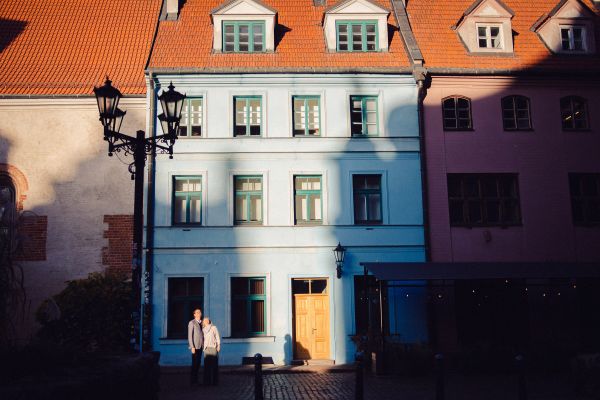
2. Old Town of Kuldiga (2023) – nestled in western Latvia, Kuldiga is a beautifully preserved town that grew from a small medieval hamlet into an important centre of the Duchy of Courland and Semigallia between the 16th and 18th centuries. Strolling through its streets, visitors can enjoy the original medieval layout, traditional wooden houses, and charming buildings influenced by craftsmen from across the Baltic region. The town’s rich architectural heritage and centuries-old craftsmanship make Kuldiga a unique glimpse into Latvia’s past.
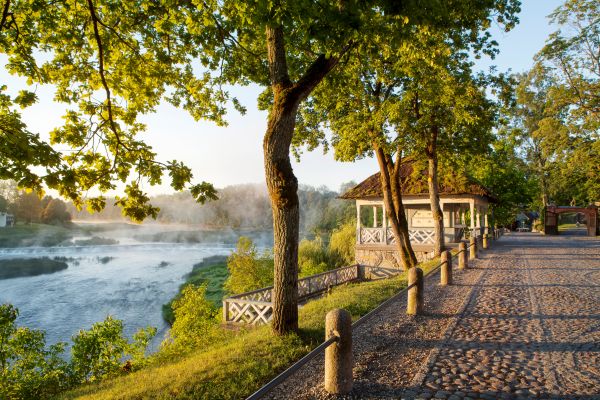
Estonia
1. Old Town of Tallinn (1997) – dates back to the 13th century, when the Teutonic Order built its first castle here. It later became a thriving centre of the Hanseatic League, and its wealth is still visible today in the grand churches and beautifully preserved merchants’ houses. Despite centuries of fire and war, Tallinn’s medieval streets and architecture remain remarkably intact, offering visitors a vivid glimpse into its rich past.
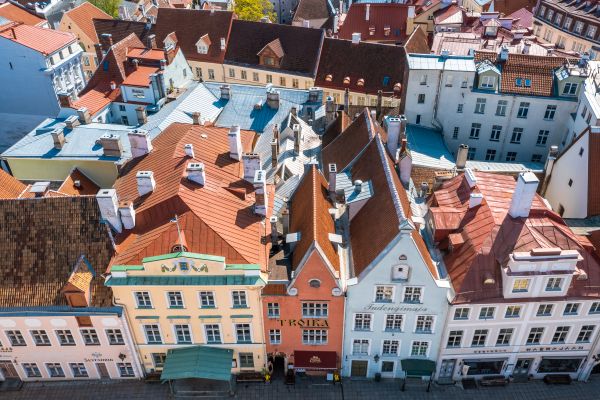
From medieval merchant cities and interwar modernist masterpieces to fragile coastal landscapes these UNESCO sites offer travellers a journey through the Baltic region’s most remarkable cultural and natural heritage.
By Inga Navickiene
Baltic Travel Company (all rights reserved)